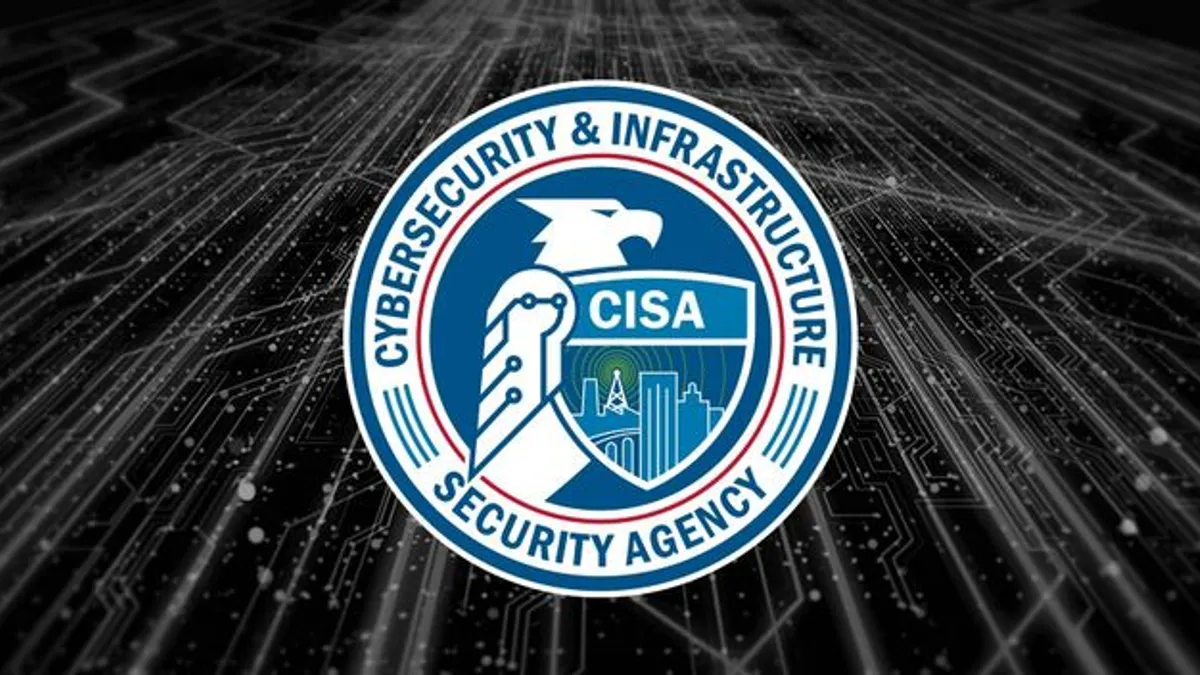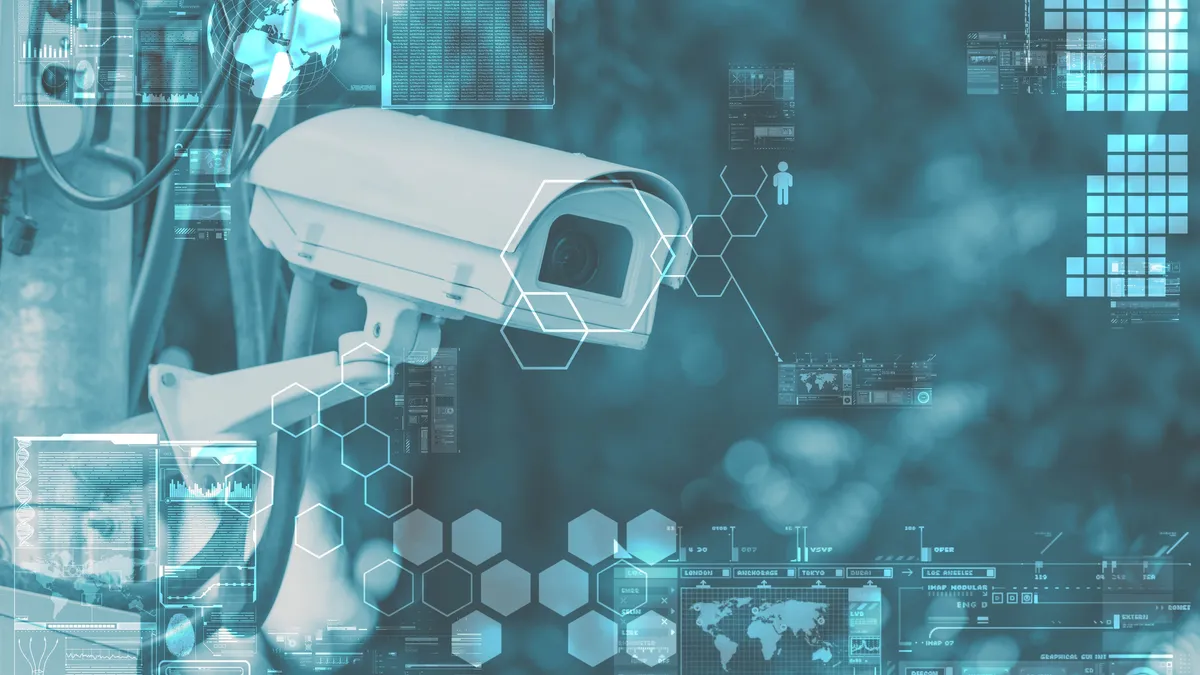President Donald Trump signed an executive order (EO) Friday that scratched or revised several of his Democratic predecessors’ major cybersecurity initiatives.
“Just days before President Trump took office, the Biden administration attempted to sneak problematic and distracting issues into cybersecurity policy,” the White House said in a fact sheet about Trump’s new directive, referring to projects that Biden launched with his Jan. 15 executive order.
Trump’s new EO eliminates those projects, which would have required software vendors to prove their compliance with new federal security standards, prioritized research and testing of artificial intelligence for cyber defense and accelerated the rollout of encryption that withstands the future code-cracking powers of quantum computers.
“President Trump has made it clear that this Administration will do what it takes to make America cyber secure,” the White House said in its fact sheet, “including focusing relentlessly on technical and organizational professionalism to improve the security and resilience of the nation’s information systems and networks.”
Major cyber regulation shift
Trump’s elimination of Biden’s software security requirements for federal contractors represents a significant government reversal on cyber regulation. Following years of major cyberattacks linked to insecure software, the Biden administration sought to use federal procurement power to improve the software industry’s practices. That effort began with Biden’s 2021 cyber order and gained strength in 2024. Biden officials then tried to add teeth to the initiative before leaving office in January. But as the Trump administration eliminated that project on Friday, it castigated Biden’s efforts as “imposing unproven and burdensome software accounting processes that prioritized compliance checklists over genuine security investments.”
Trump’s order eliminates provisions from Biden’s directive that would have required federal contractors to submit “secure software development attestations,” along with technical data to back up those attestations. Also now eradicated are provisions that would have required the Cybersecurity and Infrastructure Security Agency to verify vendors’ attestations, required the Office of the National Cyber Director to publish the results of those reviews and encouraged ONCD to refer companies whose attestations fail a review to the Justice Department “for action as appropriate.”
Trump’s order leaves in place a National Institute of Standards and Technology collaboration with industry to update NIST’s Software Development Framework, but it eliminates parts of Biden’s order that would have incorporated those SSDF updates into security requirements for federal vendors.
In a related move, Trump eliminated provisions of his predecessor’s order that would have required NIST to “issue guidance identifying minimum cybersecurity practices” (based on a review of globally accepted standards) and required federal contractors to follow those practices.
AI security cut
Trump also took an axe to Biden requirements related to AI and its ability to help repel cyberattacks. He scrapped a Biden initiative to test AI’s power to “enhance cyber defense of critical infrastructure in the energy sector,” as well as one that would have directed federal research programs to prioritize topics like the security of AI-powered coding and “methods for designing secure AI systems.” The EO also killed a provision would have required the Pentagon to “use advanced AI models for cyber defense.”
On quantum computing, Trump’s directive significantly pares back Biden’s attempts to accelerate the government’s adoption of post-quantum cryptography. Biden told agencies to start using quantum-resistant encryption “as soon as practicable” and to start requiring vendors to use it when technologically possible. Trump eliminated those requirements, leaving only a Biden requirement that CISA maintain “a list of product categories in which products that support post-quantum cryptography … are widely available.”
Trump also eliminated instructions for the departments of State and Commerce to encourage key foreign allies and overseas industries to adopt NIST’s PQC algorithms.
The EO dropped many other provisions of Biden’s January directive, including one requiring agencies to start testing phishing-resistant authentication technologies, one requiring NIST to advise other agencies on internet routing security and one requiring agencies to use strong email encryption. Trump also cut language directing the Office of Management and Budget to advise agencies on addressing risks related to IT vendor concentration.
In his January order, Biden ordered agencies to explore and encourage the use of digital identity documents to prevent fraud, including in public benefits programs. Trump eliminated those initiatives, calling them “inappropriate.”
Trump also tweaked the language of Obama-era sanctions on authorities targeting people involved in cyberattacks on the U.S., specifying that the Treasury Department can only sanction foreigners for these activities. The White House said Trump’s change would prevent the power’s “misuse against domestic political opponents.”
Amid the whirlwind of changes, Trump left one major Biden-era cyber program intact: a Federal Communications Commission project, modeled on the Energy Star program, that will apply government seals of approval to technology products that undergo security testing by federally accredited labs. Trump preserved the language in Biden’s order that requires companies selling internet-of-things devices to the federal government to go through the FCC program by January 2027.






















